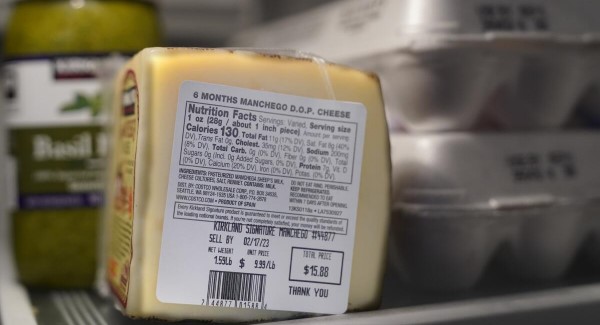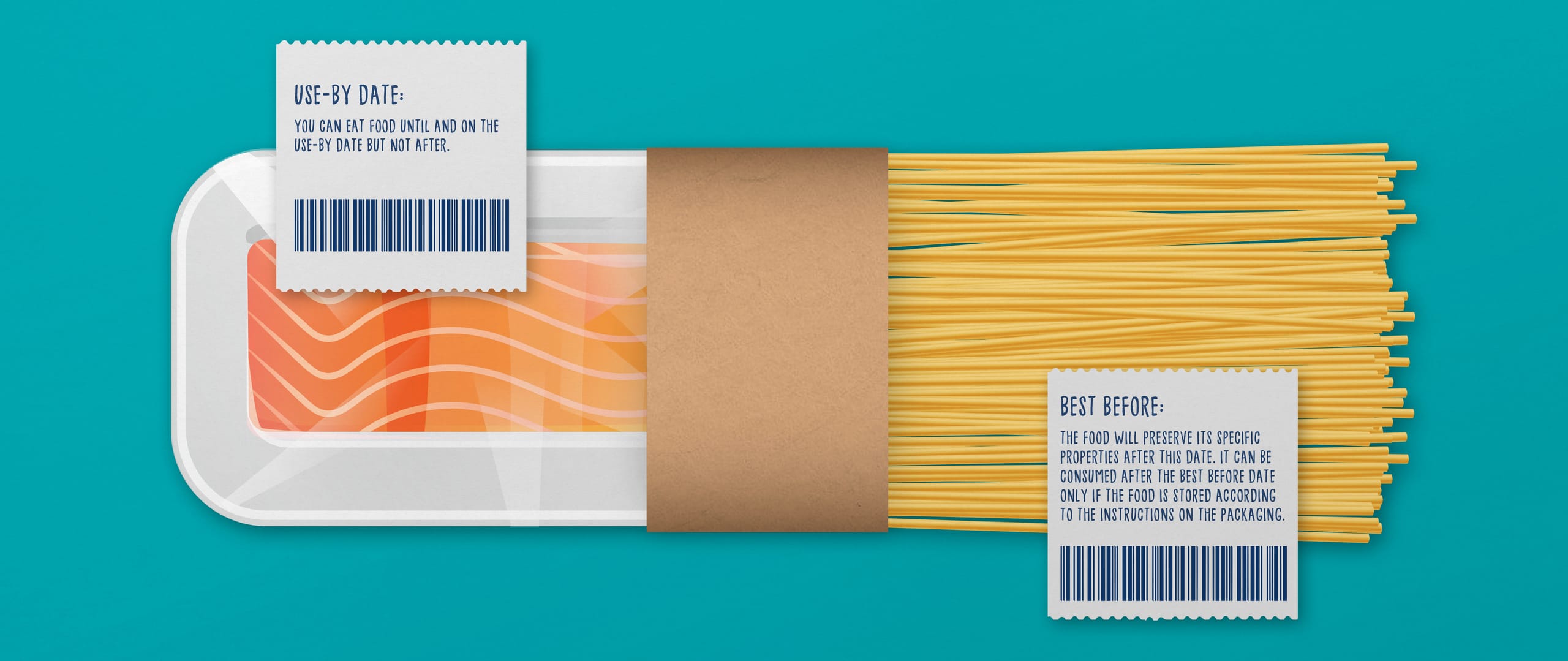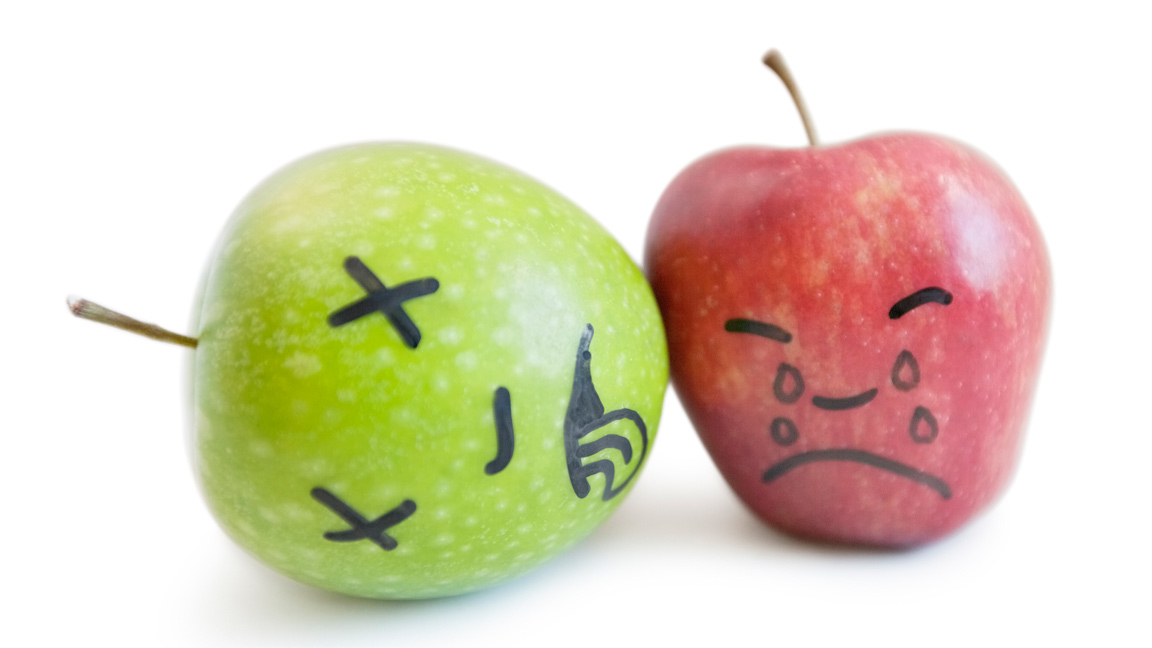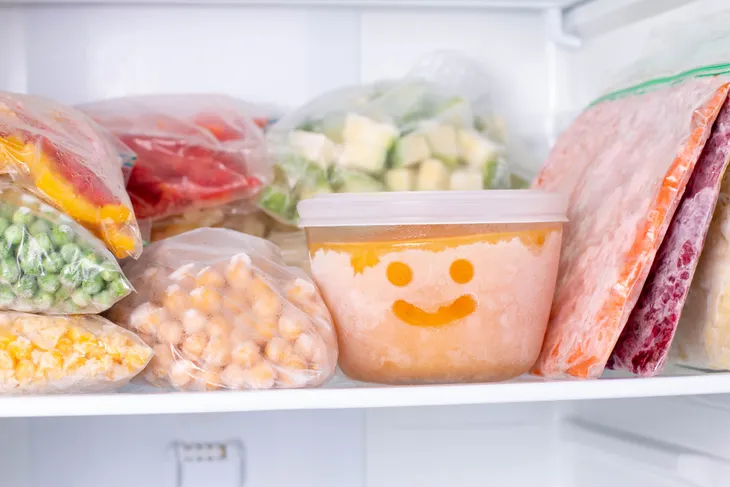
Food expiry dates don’t mean what you think
Have you ever found yourself staring at a “best-before” or “expiry” date on a food item, wondering if it’s still safe to eat? Many of us have been conditioned to believe that once that date passes, the food is automatically bad and potentially harmful. But is that really the case? This article delves into the truth behind food expiry dates, exploring what they actually mean and whether consuming food past these dates is as risky as we’ve been led to believe.
Understanding Food Label Dates
Firstly, it’s important to distinguish between different types of dates you might see on food packaging:
- Sell-By Date: This date is primarily for retailers, indicating the last day the product should be sold. It helps ensure the product is sold while it’s still at peak quality.
- Best-Before Date: This date suggests when the product will be at its best quality in terms of flavour, texture, and nutritional value. It doesn’t necessarily mean the food is unsafe after this date.
- Use-By Date: Found on perishable items like dairy and meat, this date indicates when the product should be consumed to ensure safety and quality.
The Science Behind Food Expiry Dates
Most expiry dates are not set by strict scientific tests. Rather, they are set by a combination of manufacturer testing and regulatory guidelines. These dates often err on the side of caution to ensure consumers experience the product at its best. However, they don’t account for variables like storage conditions, which can significantly affect a product’s longevity.
Can You Eat Food Past the Expiry Date?
In many cases, yes. Foods that have passed their best-before dates can often still be consumed safely, especially if they’ve been stored properly. Here are some general guidelines:
- Dry Goods: Items like pasta, rice, and canned goods often remain safe well beyond their best-before dates. They may lose some flavour or nutritional value, but they’re unlikely to become harmful.
- Dairy Products: Milk and yoghurt can sometimes be consumed a few days past their expiry dates if they’ve been kept cold. Trust your senses; if they smell or taste off, discard them.
- Bread and Baked Goods: These may become stale rather than dangerous. Mold is a clear indicator that it’s time to throw them out.
- Fresh Produce: This can vary widely. Some vegetables might wilt, but others can be cooked and consumed safely past their best-before dates.
Signs Food Has Gone Bad
Regardless of the date on the package, also rely on your senses to determine if food is safe to eat. Look out for:
- Smell: Sour, rancid, or unusual odours are a clear sign of spoilage.
- Texture: Slimy, mushy, or sticky textures in foods that should be firm.
- Appearance: Mold, discolouration, or unusual spots.
How to Reduce Food Waste
Misinterpretation of expiry dates contributes significantly to food waste. By understanding that these dates are more about quality than safety, we can make more informed decisions and reduce the amount of food we throw away.
Safe Practices
- Proper Storage: Follow the storage instructions on the packaging to extend the life of your food. Refrigerate or freeze items as needed.
- Use Your Senses: Always check the appearance, smell, and texture of food before consumption.
- Plan Your Meals: Buy what you need and plan meals to use up items before they spoil.
In conclusion, the dates on food labels don’t always mean what we think they do. While they are helpful guidelines for ensuring quality, they are not strict indicators of safety. By using our senses and storing food properly, we can safely consume many items past their labelled dates and significantly reduce food waste. So next time you’re about to toss out those slightly old groceries, think twice and trust your judgment.
Also Read: 7 Foods That Never Expire: Pantry Staples for Eternity
References
Web MD: https://www.webmd.com/diet/features/do-food-expiration-dates-matter
Eating Well: https://www.eatingwell.com/article/80518/do-food-expiration-dates-really-mean-anything/







